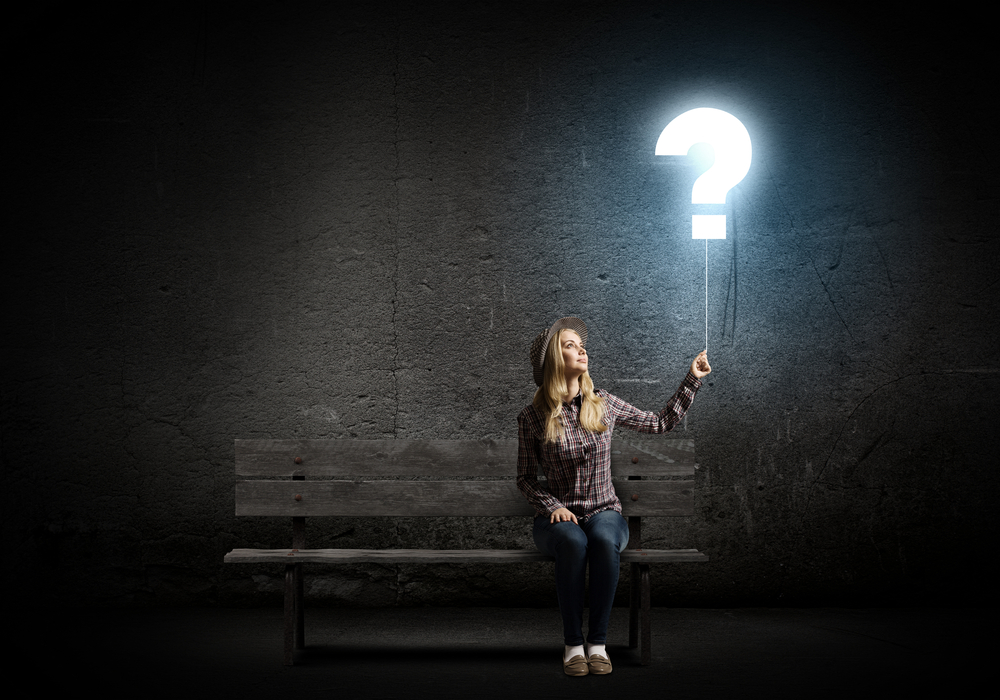E-books. You either love them or you hate them. You might even have feelings about whether they should be spelled with a hyphen or not.
But they’re also very confusing for an indie author navigating the world of publishing for the first time. Or the second time. Or the fiftieth.
It seems like everyone has the same questions about e-books, so here’s the Wise Ink FAQ!
1. But why?
If you’re wondering whether or not you need an e-book to go along with your print book, the answer is most likely yes. Unless you’re doing a photography-heavy coffee table book or the like, reading it in a digital format will not diminish your content. If you’re the author of a thriller or romance, you might find that e-books will be the bulk of your sales! Even if you have a business book with graphics or a how-to book, an e-book form can still be worthwhile and will reassure your reader that you’re a part of the 21st century.
2. But why not?
So remember what we wrote in #1 about most everyone having an e-book? That was sort of a lie. If you have written an actual BOOK (of book-size length) then yes, #1 still applies. But if you’re tempted to turn your two-page business pamphlet into an e-book, please resist. Customers don’t usually like to spend time downloading, opening, and settling in to read to finish before you beginning. In cases like this, just create a pdf and have it available on your website.
3. What is “flowing” and why does my book need to behave like an evening dress?
E-books look different from print books for a reason: there are many different e-readers, and they allow a nice amount of flexibility. E-readers are equipped with options to increase and decrease the size of the font, which means that e-book files are designed to be “flowable,” i.e. the location of the text isn’t fixed like it is on a printed page. Unless you’re trying to digitize something like a picture book, flowable formats are your friends.
4. Mobi and epub and pdfs, oh my!
Aren’t pdfs obnoxious to read on a Kindle? That’s because the format is fixed—this is fine for a computer but bad for an e-reader. Instead, e-books should be created in two different file types, .epub (the file supported by the Nook store, Kobo, etc), and the .mobi file (for Amazon only). .epub and .mobi file types are both reflowable, and you can usually convert a .mobi pretty easily from an .epub.
5. To KDP or not to KDP.
KDP Select is a service that gives Amazon exclusive rights to sell your e-book for 90 days. In exchange, they allow you to discount your title for five days, which increases your downloads and raises your chances of being on a bestseller list. Ultimately, this choice is up to you—there are benefits to both, and you just need to ask yourself what your sales process is going to consist of, and how a KDP campaign will fit into your process.
6. Jack and the Giant Bowker Company.
E-books are books, and as such, they need an ISBN. Bowker, the company that sells ISBNs and keeps track of them, suggests that you need a new ISBN for every different form of book (paperback, hardcover, .epub, .mobi). We disagree. You can have just one ISBN for all your e-books (cleverly called an eISBN.)
7. Ca$h Monies.
Because that’s what it all comes down to in the end—how to find the fine line of selling as many books as possible while still making it worth your while financially. Calculate how many e-books you need to sell to break even at different price-points, and look into the pricing of your competition. Then, look into your soul and find a number you can stand behind. Try to price your e-book around the $2-6 range.
Readers, what other e-book FAQs would you like answered?


Sorry but #6 is incorrect. First of all, none of the major resellers require eBook ISBNs but, if you decide you want them for your eBook, you do require two unique numbers (one for each file type.)
You are correct! You are not REQUIRED to have an eISBN, but since print and ebooks are sold together on sites like Barnes & Noble and Amazon, it makes it less confusing.
While Bowker recommends getting a unique ISBN for each file type (and you technically should), not having it is not something that will mess up the sales of your book. After all, only mobi files are sold on Amazon, and only epub files are sold other places–so there’s never any confusion of the type of file you’re getting . In our experience, having three ISBNs is unnecessary.
I would like to add that an ebook-only title does not actually need an ISBN. It simply needs an identifying number, of which ISBN is the most popular choice. Another option is a UUID (universally unique identifier), which InDesign will generate if you convert from INDD to EPUB. UUIDs are free, but ISBNs are not.